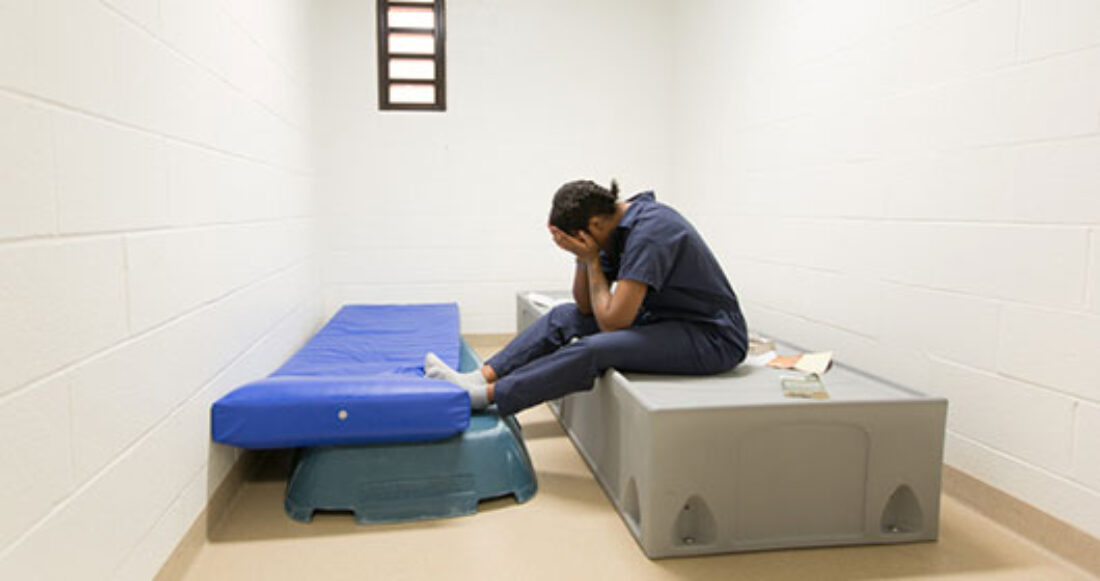Casey Supports National Campaign to Stop Solitary for Kids

Richard Ross for Juvenile in Justice
In an essay titled “Solitary Torture” in the May 2016 issue of Sojourners Magazine, Daniel Mendoza wrote: “For 23 hours a day, I was kept in a windowless room smaller than a horse stable. How does this make us safer?” Daniel spent roughly two months in solitary confinement during the four and a half years he was incarcerated in a California juvenile hall.
As if he were answering Daniel, President Obama wrote recently in The Washington Post that solitary “doesn’t make us safer and that it’s an affront to our common humanity.” Thousands of young people are held in solitary confinement each year across the country, yet research shows that solitary makes kids worse without making facilities safer.
Researchers have linked solitary confinement to lasting psychological consequences, including anti-social behavior, anxiety and self-harm. Solitary confinement is most damaging to young people because they are still developing mentally and physically. Yet the use of room confinement for discipline, punishment, administrative convenience, retaliation and staffing shortages remains common practice, and has been documented in reports such as the Foundation’s Maltreatment of Youth in U.S. Juvenile Correctional Facilities. This maltreatment undermines the development of young people who get into trouble with the law and exposes them to grave dangers while failing to improve public safety.
The Foundation is supporting the Stop Solitary for Kids campaign to end solitary confinement of youth in juvenile and adult facilities in the United States. The Foundation is joining forces to end this practice with a growing coalition of organizations and advocates led by the Center for Children’s Law and Policy, the Center for Juvenile Justice Reform at Georgetown University, the Council of Juvenile Correctional Administrators and the Justice Policy Institute along with agency directors and facility leaders, among others.
The Foundation is dedicated to working with juvenile justice systems around the country to improve conditions in juvenile detention and corrections facilities. Toward this end, the Foundation has published a set of comprehensive standards for the treatment of youth that officials have used to improve conditions, policies and practices in their facilities. One such standard is to use isolation only as a temporary response to behavior that threatens immediate harm to a youth or others. The Foundation’s resources and tools related to reducing solitary confinement are free downloads and available to all facility administrators.
When young people are removed from their families and communities, they should not be placed in institutions oriented toward punishing them further. Rather, they should go to facilities dedicated to supporting their development and changing their thinking and behavior.
Daniel Mendoza, who wrote Solitary Torture, works with the Casey Foundation as a youth partnership consultant while attending college. His future was almost derailed by his two months in solitary confinement. When he was released from isolation, he was scared to go to school because he felt like he was under constant threat and was afraid about how he would react. Crowds made him anxious. He credits his strong support system with keeping him on track and observes how many others struggled on their own and never recovered from isolation.
“Young people in the justice system should not have to defy the odds to remake their lives,” said Nate Balis, director of the Foundation’s Juvenile Justice Strategy Group. “We need to change the odds so that Daniel isn’t the rare success story. All young people can change and deserve guidance, support and new opportunities to get there.”





